Newsletter Newsletter
Thursday Edition: Q&A with Dru Riley + Inbox Innovations
Hi friends 👋🏻,
Happy Thursday! You’ve got mail.
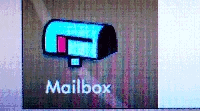
If you’re here because someone forwarded this e-mail to you or you clicked a link, and you want to subscribe, that’s easy. Just enter your e-mail below👇 and I’ll send you original analysis every Monday and guest posts, links, and listens every Thursday.
This week’s Not Boring is a special meta-edition, all about newsletters, because this week’s guest recently wrote an excellent post on the trends in the industry.
If you’re reading this, you probably know that I’m a fan of this format. For the uninitiated, here are a few facts and figures to whet your appetite:
One of the most popular early newsletters was written by a German banking family named the Fuggers in the late Middle Ages. Newsletters didn’t have clever names back then, but imagine the possibilities… (Source)
There is no good estimate of the paid newsletter market size, but Adam Keesling pulled together some digital subscriber numbers including The New York Times at 3.3 million paid digital subscribers, The Economist at 790k, The Athletic at 600k, and Ben Thompson’s Stratechery at over 7 figures in revenue. (Source)
Proof that it’s still early days: I was just able to grab youvegotmail.substack.com. On the web, squatters would never let a pun like that go. This is the Wild West.
We’re at the very beginning of a newsletter renaissance, so consider today’s Not Boring a glimpse into the future 🔮
Here’s what we have in store:
Q&A with Dru Riley, the mastermind behind Trends.vc
Inbox Innovation: 5 Novel Newsletter Experiments
Let’s get to it.
The Trendsetter
Dru Riley is the creator of Trends, a newsletter that helps makers and investors discover new markets and ideas in a unique, easy-to-consume format. He gets readers smart on a trend in a couple of minutes, and shares links to explore if you want to go deep on a particular topic.

Dru caught my eye recently after his thread on Trends #0011 — Paid Newsletters popped up in my Twitter feed.
Dru captured a lot of what I’ve been thinking about in the newsletter space. Specifically:
The shift from ad-based to subscription media
New types of newsletters being built
Building community on top of newsletters
When to monetize
Linear Commerce - building an audience and building products with & for them.
I DM’ed Dru to learn more, and he agreed to share his knowledge with us.
What I loved most about this Q&A is that, unlike me, Dru packs a lot of wisdom into very few words. In his words, it’s “high signal-to-noise.”
Before we dive in, read his recent report on paid newsletters, Trends #0011, here:
Welcome back. Without further ado…
Q&A with Dru Riley
The format of Trends is unique and consistent. How did you come up with the idea for Trends, and how’d you land on the format?
The Idea
I was working on something called SaasReport.
I wasn’t the target customer. Feedback loops were slow and I needed a release valve.
Trends was the release valve. I lose track of time researching things. I had the idea for months. But didn’t know if people would find it interesting.
My mastermind group pushed me to do it. You’ll peep that in the first tweet about Trends.
The Format
90% of the format was baked into the first report.
I love constraints. So there were implicit rules like no list will be longer than 10 items. Even if there are 151 options.
Some things changed:
A word limit of 300 went to 500
The Solution section was added
The Cowenesque link summaries came later
The format is also perfect for Twitter threads, and you turn each Trend into its own thread. Was that an intentional part of the format design?
Funny enough, that part wasn’t intentional. The first report was just a link. There was no thread.
I don’t like to waste readers’ time. So I aim for a high signal-to-noise ratio. And Twitter rewards that.
You had a stable path going - IT degree, software engineering jobs, big data engineering job - and you left that behind to do your own thing. How did you make that decision, and what have you found most surprising about striking out on your own?
The Stable Path
It looks stable but I quit three jobs, took months off between them and the third time was mini-retirement.
The Decision
I love controlling my time. But the decision was hard because I enjoyed the pay, flexibility and coworkers at my last gig. It was comfortable. Too comfortable. That’s why I left.
Most Surprising
It’s a constant journey to learn how you work best. The process never ends.
Your Paid Newsletters Trends thread blew up - that’s how I found you. What about this particular Trend do you think resonated with people?
It was the format of the thread. And this came from iteration.
Other reports were more successful than #0011 off of Twitter. But they had no thread or weren't formatted as well.
Where do you plan on taking Trends and Product Examples? How do you think about business models for each of them if that’s the route you plan to take?
I might shut down Product Examples. And I’ll explore the paid newsletter route for Trends.
I noticed that you use Mailchimp, not Substack. Why? What features would Substack need to add or what product changes would they need to make to get you to switch?
I love what Substack is doing. But I have a few questions.
That said, it doesn’t hurt to have a distinguishable brand.
I could talk about the pros and cons of this all day.
(Editor’s Note: If you’re curious and want to talk to Dru and I about the pros and cons, let us know!)
Of the 0012 Trends you’ve written about so far, which are you most bullish on?
That’s a tough one. So I’ll cheat. No-Code and Virtual Meetups.
Who are a few of the writers and podcasters you read and listen to who you learn the most from? What about them makes their work so valuable to you?
Writers
Yuval Noah Harrari — High signal to noise ratio.
Gary Keller — Immaculate writing.
Any writer that breaks “rules." If it works, it’s good.
Podcasters
Founders - The host loves what he does and it shows.
Venture Stories - I come back to Erik Torenberg for almost every report. No matter the topic, he’s talked to someone with insight.
COVID is blowing up some trends and accelerating others. This is a big and hard-to-predict question, but what do you think the biggest changes coming out of this will be?
I did a whole report on this.
Habits were first to mind. Some of these habits will stick around.
From the report:

Any parting words?
Just follow your heart. Find what you love to do and do it til’ you die.
Dru keeps writing gems. Since our exchange, he dropped an excellent report on Micro Private Equity, another topic I’m fascinated by. To be the first to know when Dru drops new Trends, follow him at @drurly on Twitter or his website, DruRiley.com.
Inbox Innovation: 5 Novel Newsletter Experiments
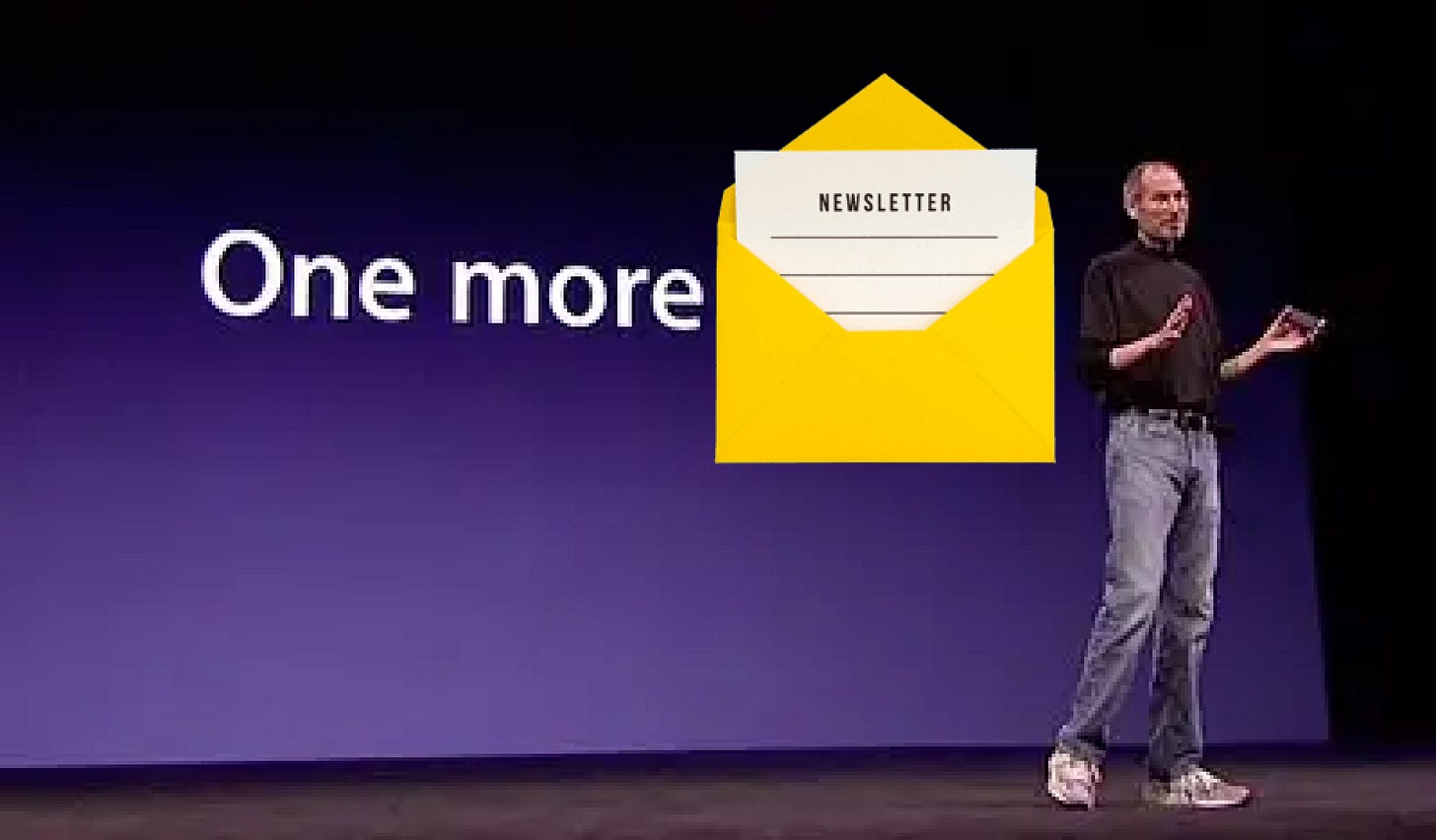
As Dru pointed out in Trends #0011, newsletter writers are starting to do more than just write. They’re experimenting with new ways of connecting with subscribers, new business models, and new product extensions.
Instead of Links & Listens this week, I’m including my five favorite examples of newsletter writers pushing the boundaries while keeping it on-brand. One of the Opportunities that Dru highlighted is building community on top of your newsletter, and each of the writers below do just that, and more.
Here are my five favorite examples:
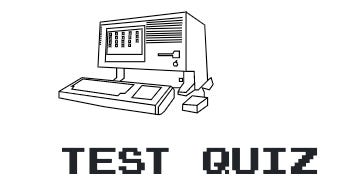
Justin Gage’s Technically “sends out engaging, simple explanations of technical concepts that are useful for your day to day job and fun to read.” He uses clean writing and diagrams combined with familiar examples to explain things like API and “the Cloud” that everyone has heard of and kind of understands but doesn’t really understand.
In addition to writing, Justin does a few creative things to build and engage:
Launched his own referral program, since Substack doesn’t support referrals
Created an e-mail template that people can send to their bosses to get Technically approved as a work expense
Most novelly, built quizzes based on the things that he writes about
Why It’s On-Brand: Technically’s goal is to teach concepts to its subscribers, and quizzes are a great way to help them check their comprehension. Not to mention, Harvard researchers have shown that testing improves retention in online learning.
The Profile’s Mini Virtual Storytelling Event

Since leaving her job at Fortune, The Profile’s Polina Marinova has upped the already popular newsletter’s game. She has added The Dossier, a weekly deep-dive on people worth knowing about, cultivated a very active, hundreds-strong Telegram group, and hosted live interviews on Zoom.
This week, she announced a Moth-inspired mini virtual storytelling event “where people can leave a voicemail telling us about a recent experience that gave them hope in the midst of the COVID-19 pandemic.”
Why It’s On-Brand: The Profile is about telling stories about people, and this gives the community the chance to hear each others’ stories. Plus, it’s a nostalgic throwback to radio call-ins.

Nikhil Krishnan, the guy behind Get Real and a healthcare newsletter called Out of Pocket, has been pushing the envelope on community involvement in a newsletter for a while now. He started Get Real in 2017 as “a social experiment to create more genuine connections with people.”
Since then, 126 editions of Get Real follow a similar pattern - Nikhil asks a question, his readers answer, and he shares a Google Doc with all of the answers and highlights a few of the best in his newsletter. Participation means a shot at mini-celebrity, and dozens of people respond with thoughtful answers each week.
Recently, Nikhil quit his job too (there’s a pattern emerging of smart people quitting good jobs for the newsletter life) to build out the Get Real community and events. He’s hosted nine Get Smart events where people present on a niche topic on which they’re an expert or deeply passionate. Even more interestingly, he launched Get Hitched to matchmake among the Get Real community and matchmade 142 people.
Why It’s On-Brand: Nikhil is using a newsletter as a jumping off point to build real-world relationships, and there’s no relationship more personal than your significant other. (Even if the real world is virtual, for now.)
FinTech Today Slack + Virtual Events
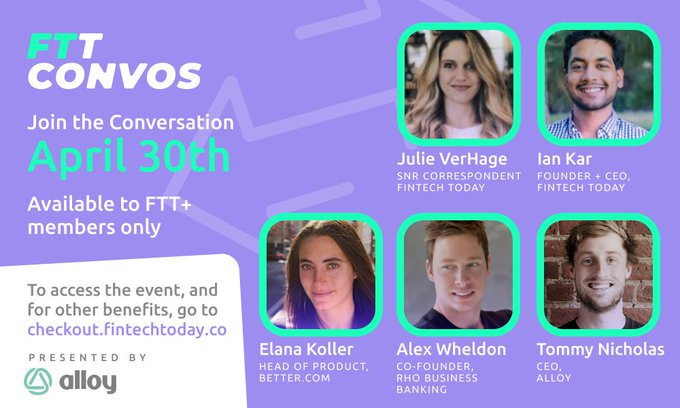
FinTech Today (FTT) is a modern version of the Fuggers’ newsletter, keeping readers informed about the latest trends in financial technology. Ian Kar and Julie VerHage just happens to write about APIs and roboadvisors instead of late Middle Ages fintech, like… coins.
FTT has been running a paid Slack community for fintech professionals since August, and threw monthly happy hours for the FTT community before the quarantine, and today, they’re hosting their first virtual event - a panel with the leaders of three prominent fintech companies.
Why It’s On-Brand: Because it’s industry-specific, FTT is able to charge members for high-quality content and analysis, access to each other, and access to industry leaders. The quality of the panelists shows that they appreciate the targeted membership that FTT has built.
The Divinations / Superorganizers Bundle
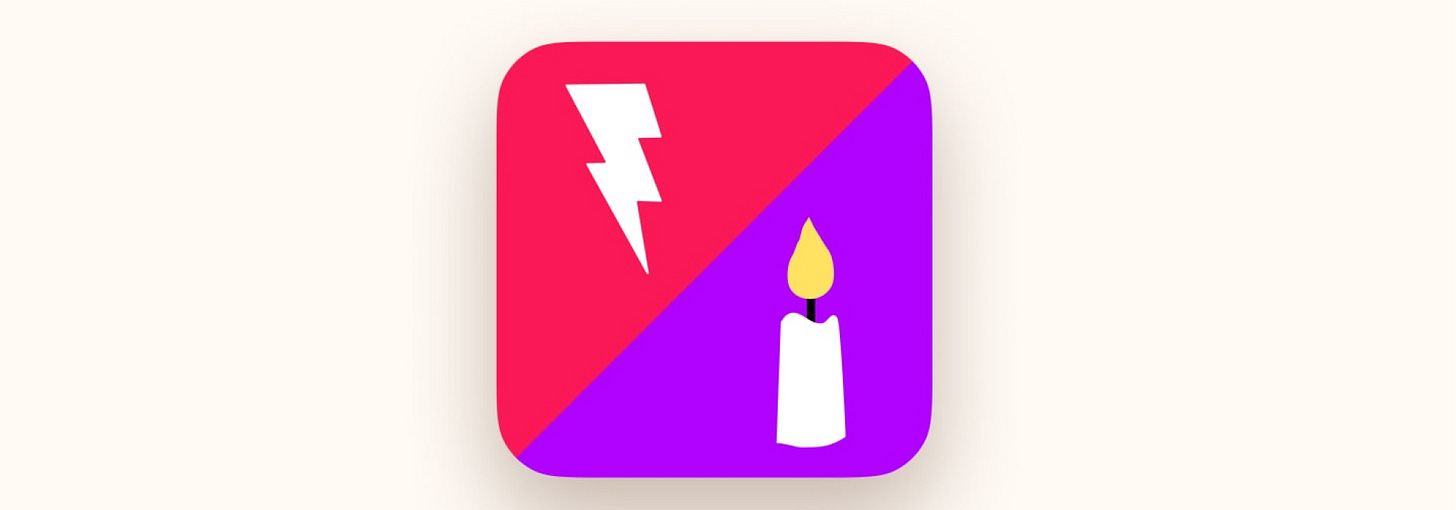
This is cheating a little bit, because Dru already wrote about this one, and a bunch of others wrote about it after he did. But Nathan Baschez and Dan Shipper’s Divinations/Superorganizers bundle is getting everyone in the newsletter community excited and for good reason: bundles work.
By selling two newsletters together for less than the combined price of buying them separately, bundles increase revenue to writers and value to readers so long as both newsletters included are of some interest to the reader. The math scales beyond two people, too. This week, Baschez and Shipper included paywalled articles from The Profile, Lenny’s Newsletter, and A Media Operator, including a post titled, “How media businesses can grow through cross-promotion.” Indeed.
They have also been working with one of my favorite up-and-coming writers, Adam Keesling, on in-depth dives on companies and products, like this one on Quibi and this one on Sonos.
Why It’s On-Brand: Divinations is a newsletter about strategy, and Baschez is putting on a media business strategy lesson in real-time and letting us watch. It’s a lot fun to watch, if you’re into that kind of thing. (I am.)
What’s Your Favorite Newsletter?
I hope you learned a little bit about the burgeoning paid newsletter space, and that you’re (at least a little bit) as excited as I am about it.
As Dru and the five examples point to, a “blog in your inbox” is just the beginning. Newsletters are an excellent way to build a relationship with and among people with shared interests, and will be a jumping off point for education, collaboration, job searches, e-commerce, and more.
Now I want to learn from you - what are your favorite newsletters and why? I’m always looking to improve Not Boring, and if there are certain popular writers that you all love, I’ll try to get them involved with guest posts and Q&A’s like Dru and Jeremy have done.
I put together a 1-minute form here for you to share:
And of course, I would be eternally grateful if you shared Not Boring with your smartest friends. I get a jolt of excitement whenever I get a new subscriber e-mail, and it’s happening more and more these days thanks to you. The Not Boring family is now 856 strong and growing every day 🚀
That’s all for now. Enjoy the “weekend” and see you on Monday!
Thanks for reading,
Packy


